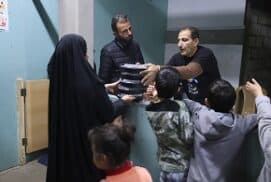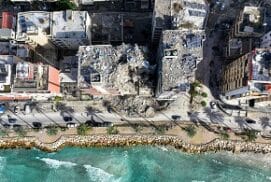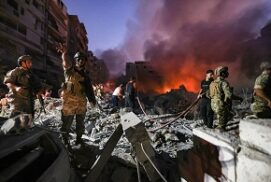Nicole Hamouche 15 January 2025
Despite political polarization, the shared experience of closeness in adversity has solidified the foundations of vivre ensemble, a defining aspect of the Lebanese identity, “because Lebanon is the witness of history, because religions are complementary, and because the people are one,” and “our identity, despite our diversity, is Lebanese,” as stated by the newly elected President, Joseph Aoun, in his inaugural speech.






